Decorating & Design
7 Small-Space Myths Debunked — And What You Should Be Doing Instead
Updated on July 9, 2020
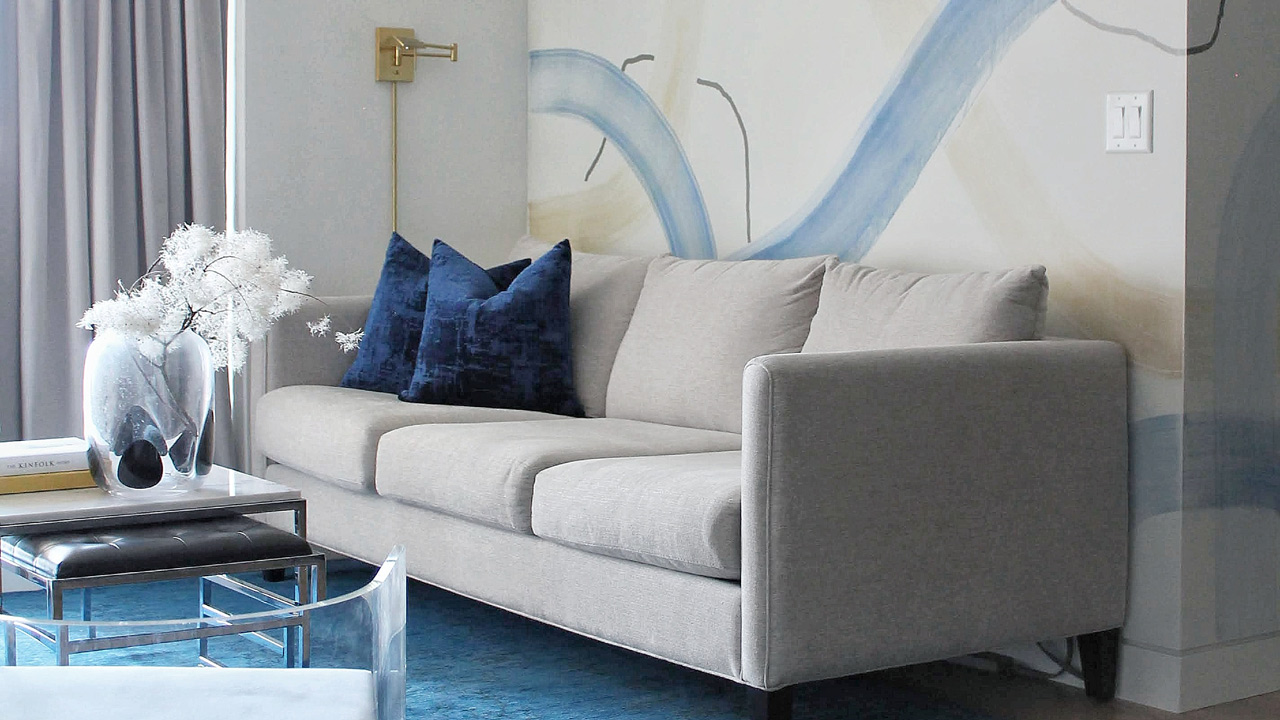
 Here at House & Home, we’re all about showcasing the beauty of spaces, both big and small. We believe petite pads can have big style, but there are a lot of unwritten rules about what does or doesn’t work. We chatted with Toronto-based designer Nike Onile of 800 Sq Ft, about the biggest myths for designing close quarters — and what you should be doing instead. Scroll down to see her best tips!
Here at House & Home, we’re all about showcasing the beauty of spaces, both big and small. We believe petite pads can have big style, but there are a lot of unwritten rules about what does or doesn’t work. We chatted with Toronto-based designer Nike Onile of 800 Sq Ft, about the biggest myths for designing close quarters — and what you should be doing instead. Scroll down to see her best tips!
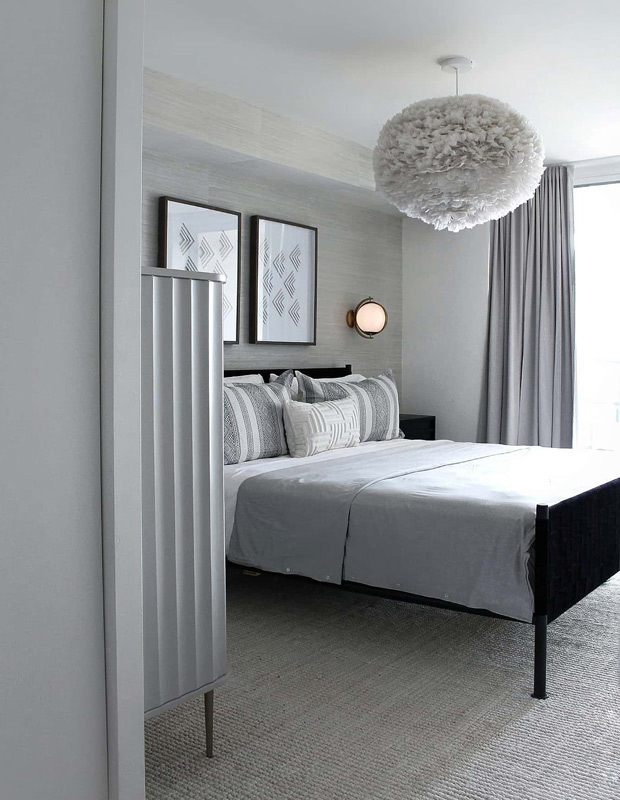
Myth #1: You Can’t Go Big
“One of the biggest misconceptions is the idea that you can’t go big, as though petite perching furniture, tiny art and recessed lighting is the answer,” says Nike. “It is actually the complete opposite. When decorating a small space, numbers count, so using fewer large pieces rather than a lot of small pieces will actually make your home feel less cluttered. Look for large pieces that can fit in your space and are not only functional, but also a representation of your personality; this goes for lighting and art as well.”
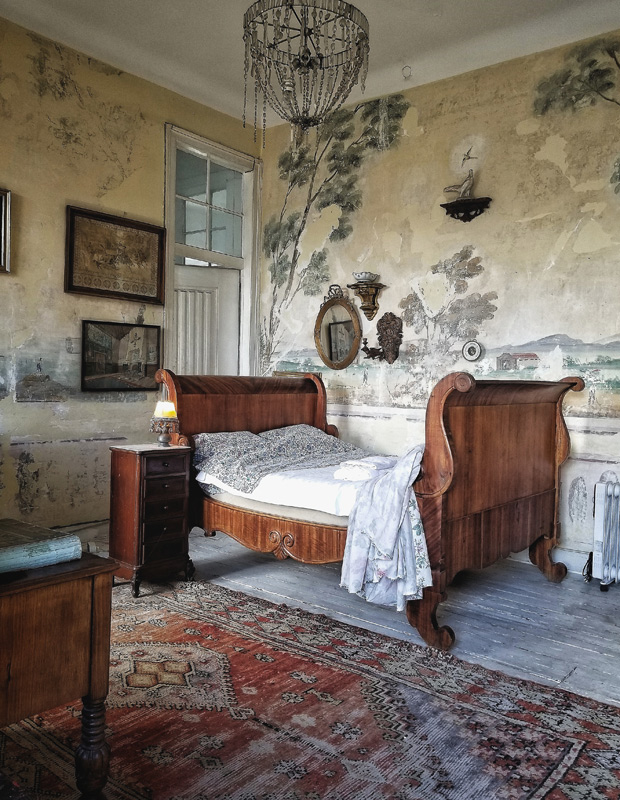
Myth #2: Stay Away From Colors & Dark Tones
“Living in a small space does not mean that you automatically need to become a lover of light and airy Scandinavian design or avoid color and dark tones,” she says. “Yes, it is true that dark colors make a wall feel solid, but this can also greatly contribute to the overall mood and feeling of your home. It is important to remember that it’s not moody hues that makes a space feel visually cluttered — it’s contrast. Our eyes are drawn to a change in color, so using similar hues will allow your eye to scan the room with ease. Rather than being afraid of color and dark tones, use contrast to your advantage when you want to draw attention to something that is worth the gaze.”
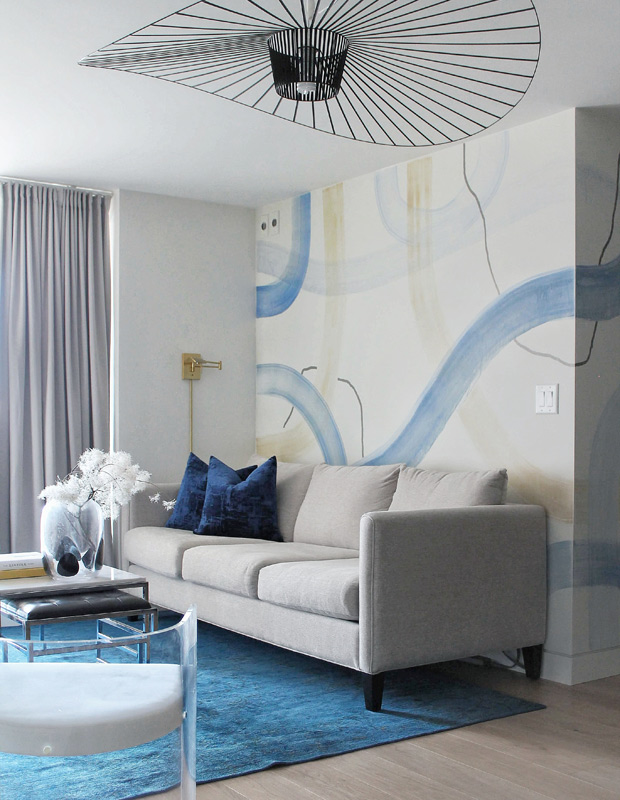
Myth #3: Avoid Pattern
“Similar to my point about color, don’t sacrifice on the wow-factor and personality for fear that your space will feel cluttered,” says Nike. “Pattern and texture are both powerful tools to personalize your space; the key is how you use them. Play with variations in size, letting some command focus, while others remain muted and softer in the background.”
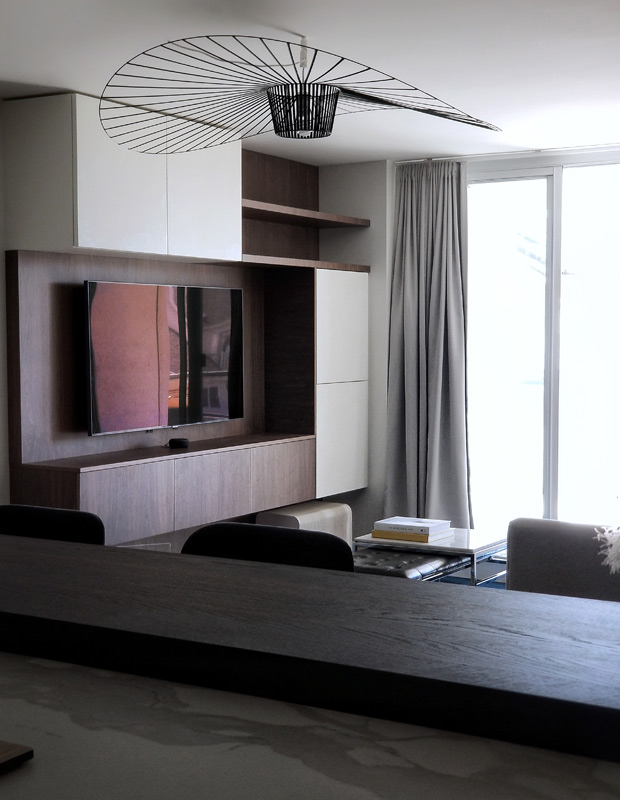
Myth #4: Lack Of Storage Will Always Be An Issue
“Let’s face it, lack of storage is a problem in any home, but particularly in smaller homes,” she says. “When you can’t go out, go up. Floor-to-ceiling cabinetry is a favorite of mine to incorporate in houses where floor space is a challenge. Not only is it a majorly functional, but it’s also one of those elements that adds character to a room.”
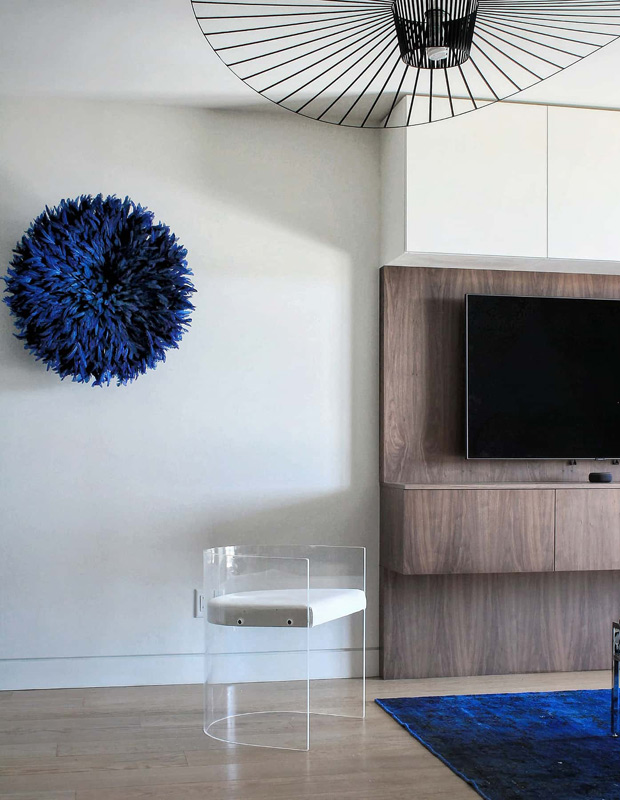
Myth #5: Straight Lines & Boxy Furniture Are Best
“Now, this is a tough one,” she says. “Yes, it is true that straight lines naturally fit into and against the walls of our homes better, however this does not mean that small-space dwellers need to stay away from diving into the trend for curved furniture and accents. It just needs to be done wisely. When it comes to curves, measurements and flow come even more into play. Since curves change the flow of a space, be sure to give enough room around them, understanding that they will require different planning than straight furniture. Remember that there are also other ways to incorporate curves in your space without giving up horizontal square footage by adding your curves vertically through wall decor, shelving or dramatic lighting.”

Myth #6: You Will Feel Cramped
“Here are two tricks straight from my small-space handbook about how you can use illusion to maintain the feeling of space:
- Expose corners and floor space. It’s interesting, but when you can see the corners of your room, it feels more expansive. Leggy furniture, which allows more floor space to be exposed, and leaving the corners unobstructed will give you an illusion of openness.
- Mirrors can be your best friend when it comes to opening up your space. They bounce light around and expand a room.”
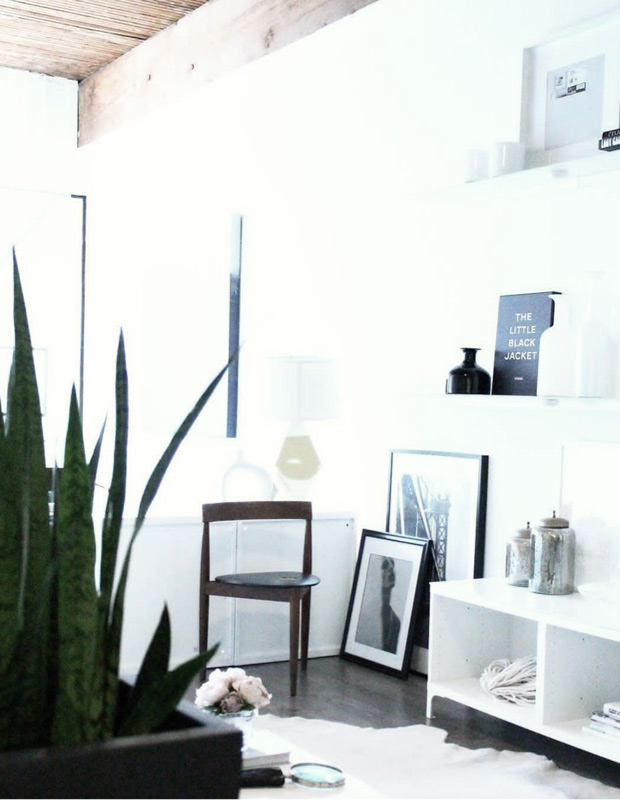
Myth #7: You Have To Be A Minimalist
“Regardless of size, it’s important to remember that when you love your home, and the way it represents you and your style, it naturally feel comfortable to be in,” she says. “Living in a small space does not mean that you need to become a minimalist or hide everything behind closed doors. Let your real life add to the personality of your space. Don’t be afraid to lean your art, stack your books and let the authenticity spill over with beauty.”
Andreea Muscurel (headshot); Courtesy of Nike Onile (interiors)
Nike Onile


